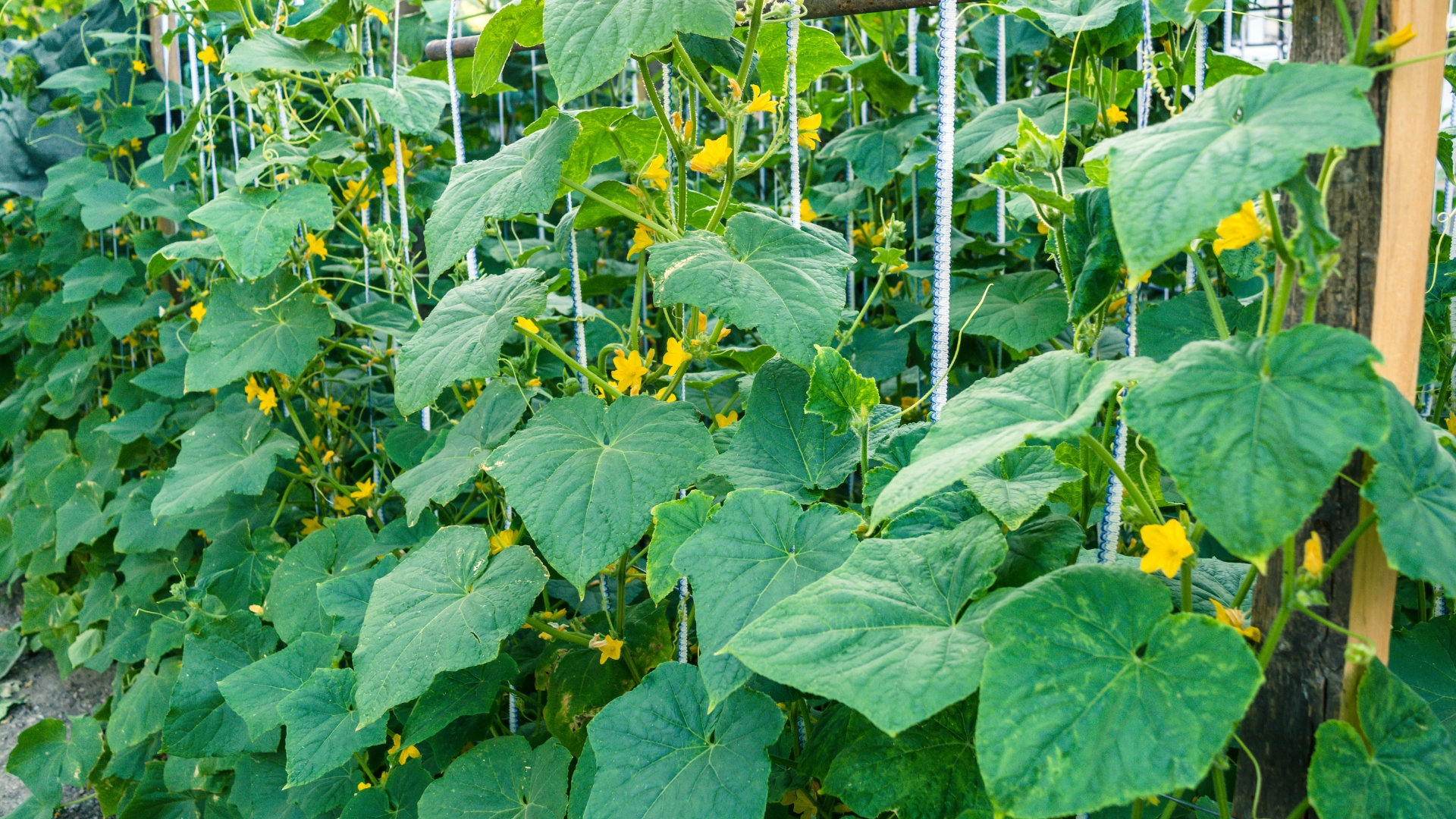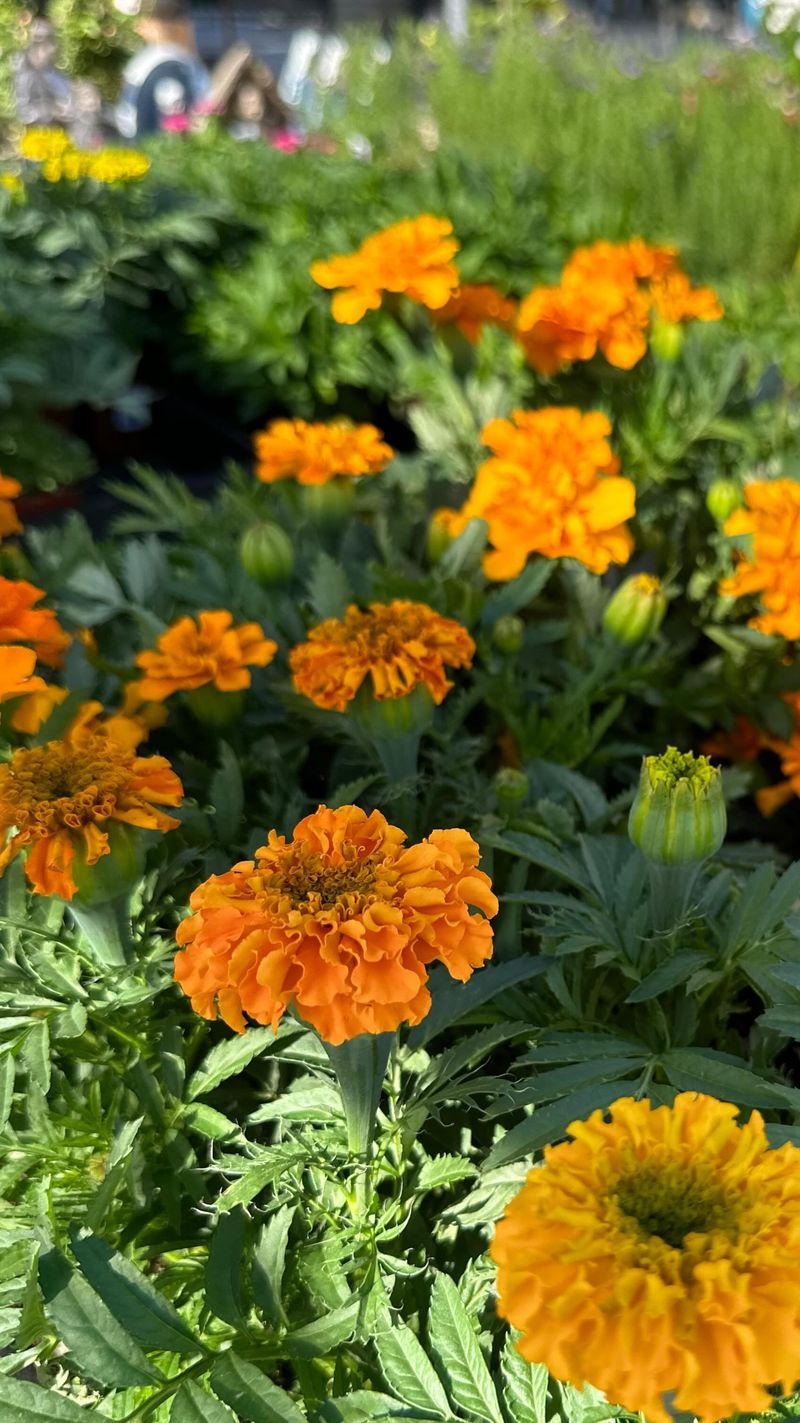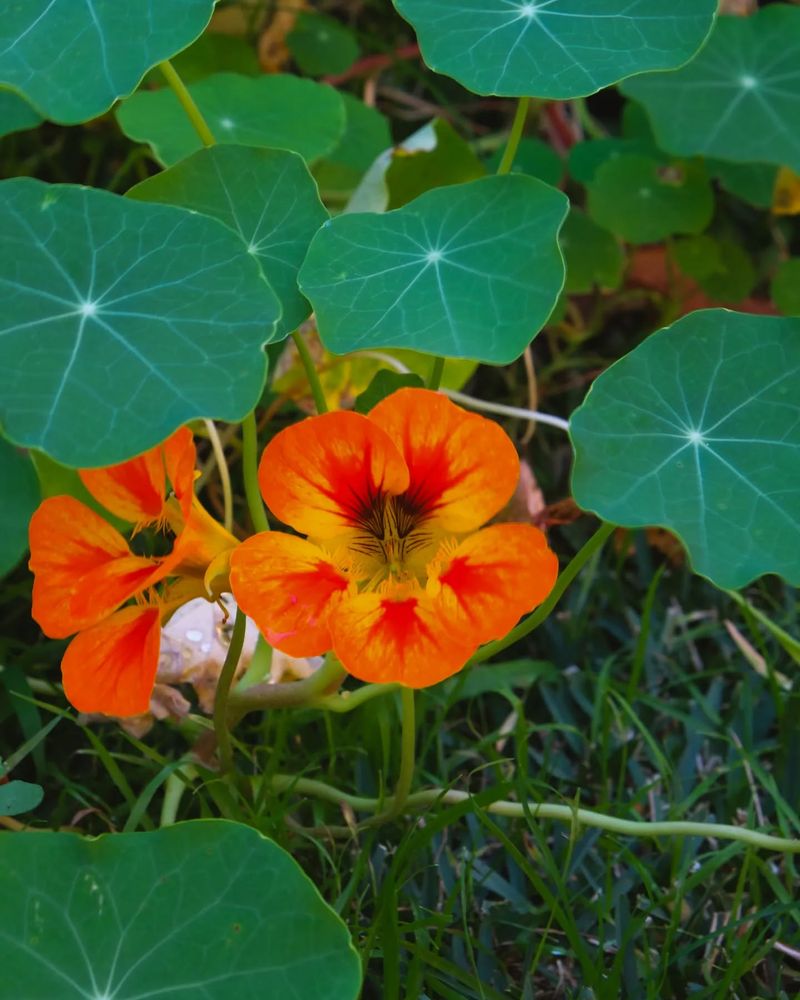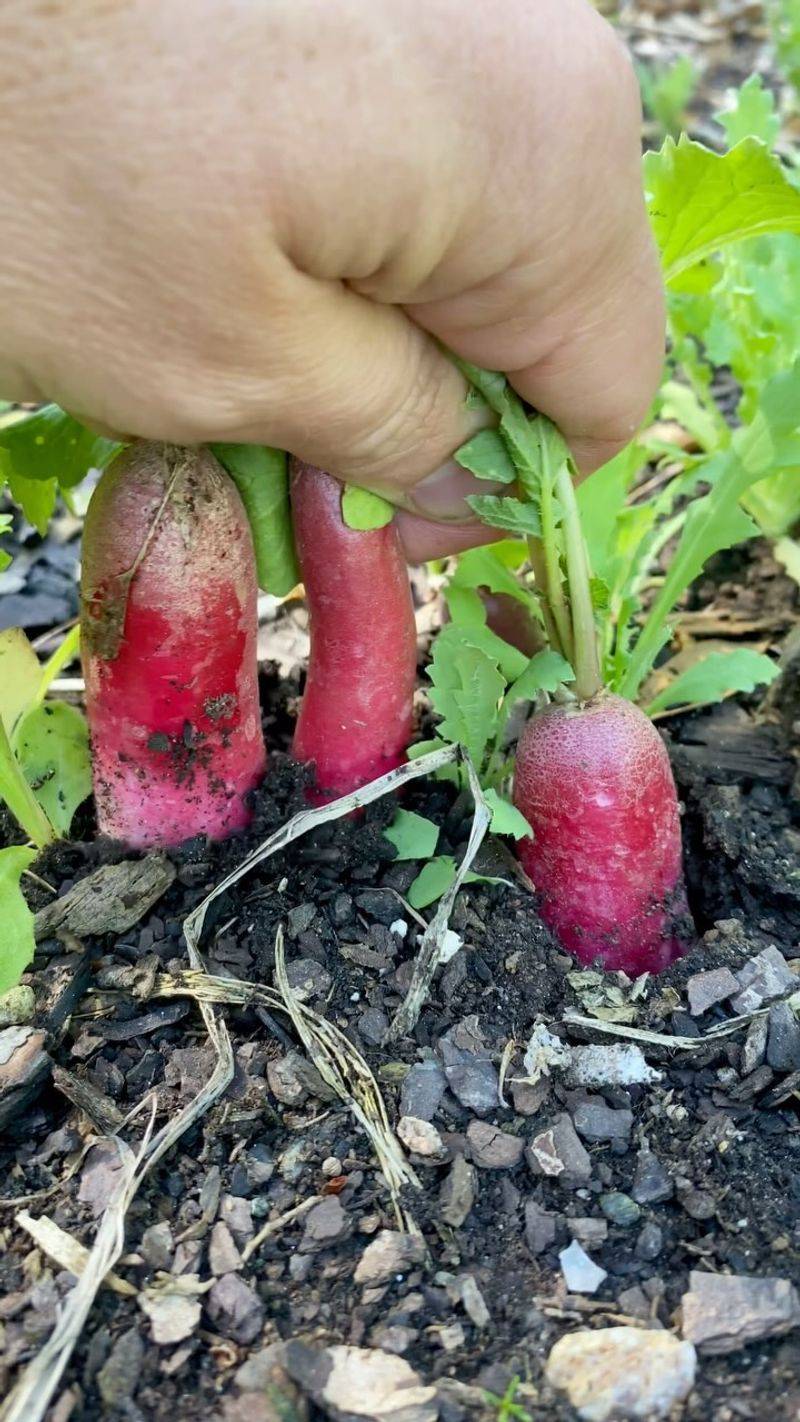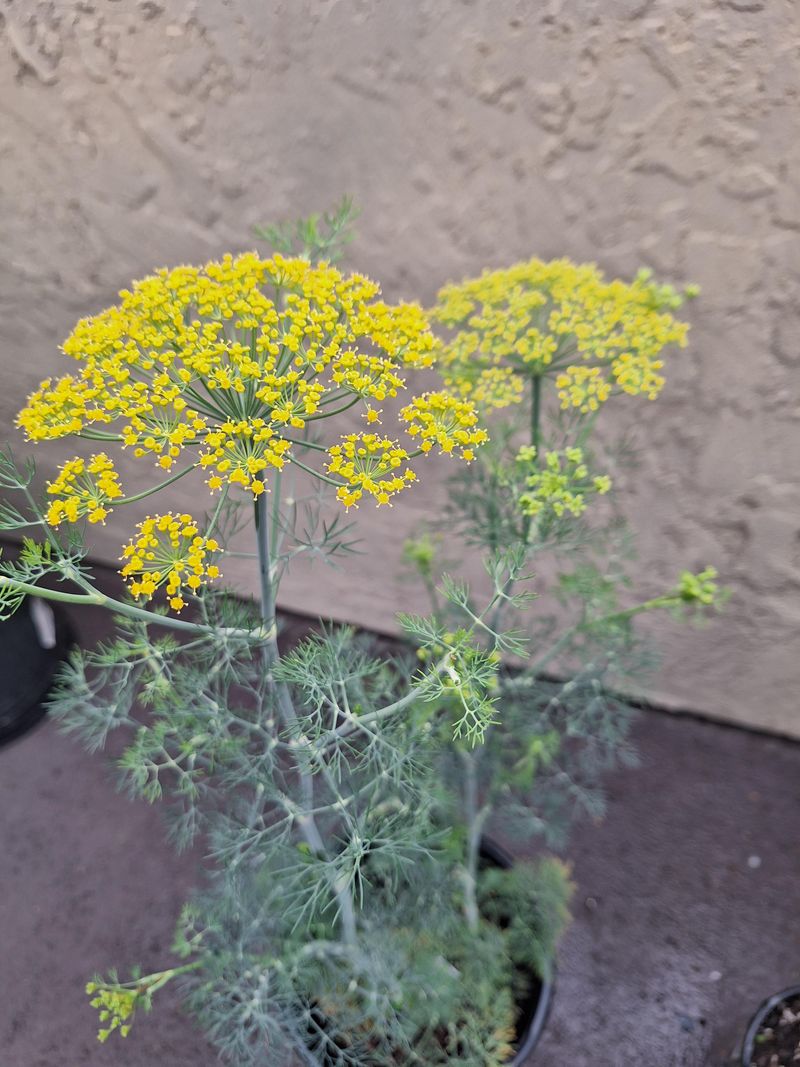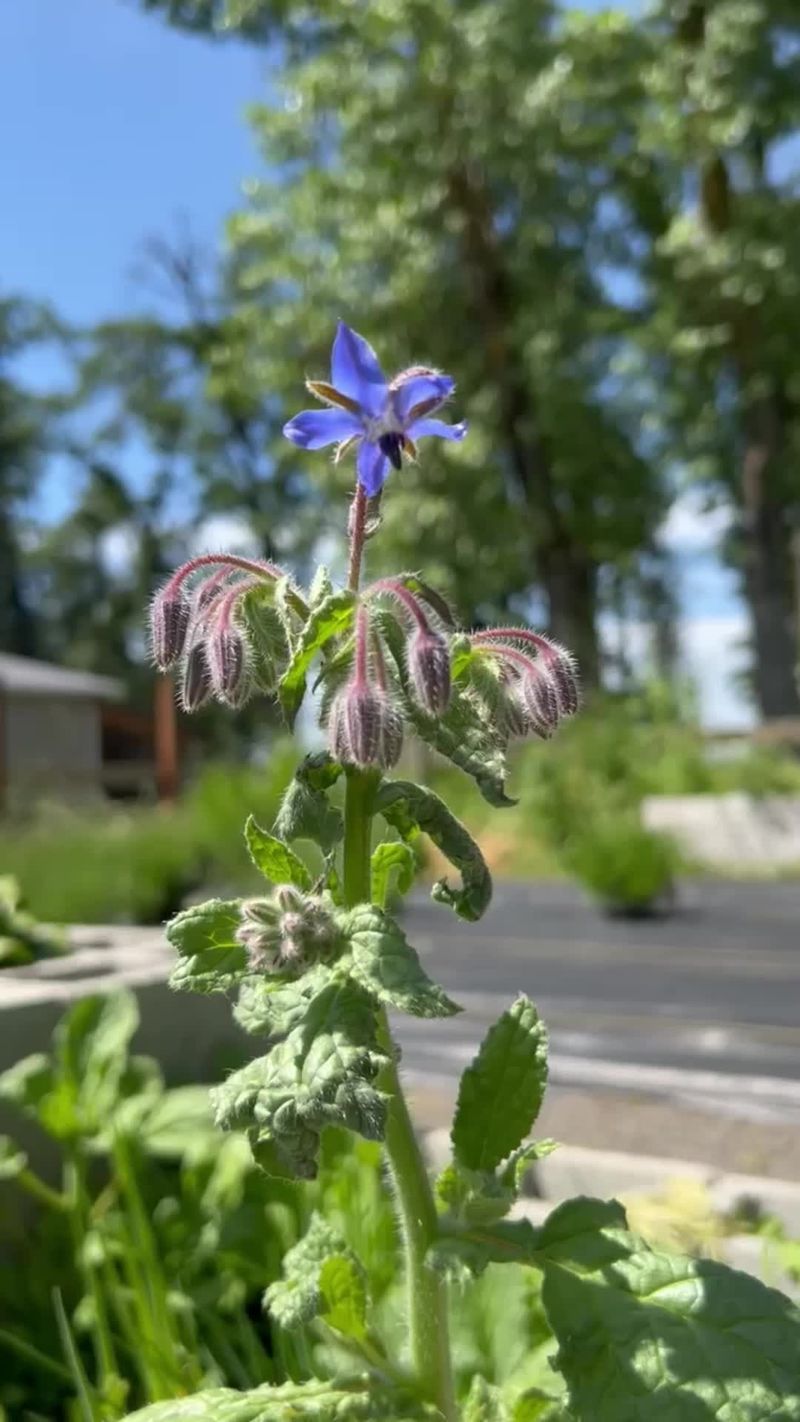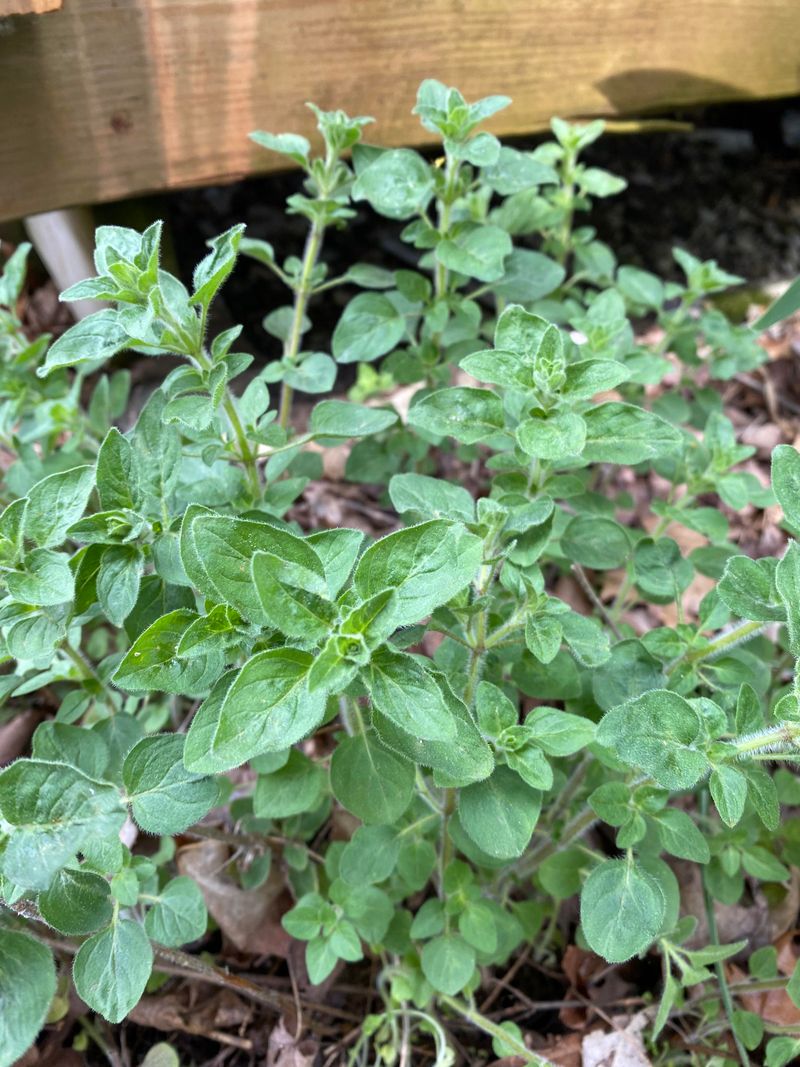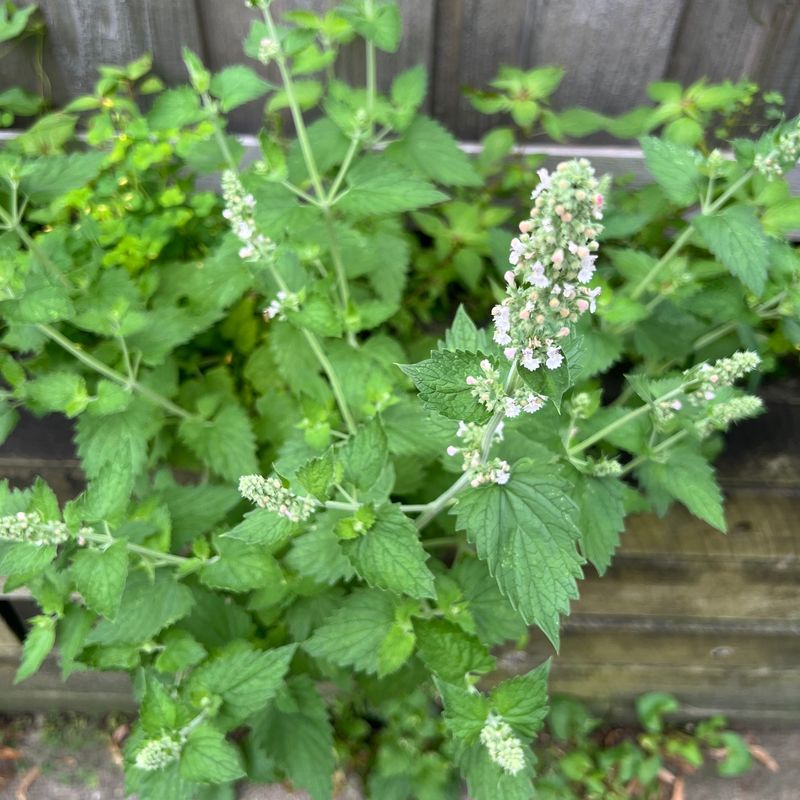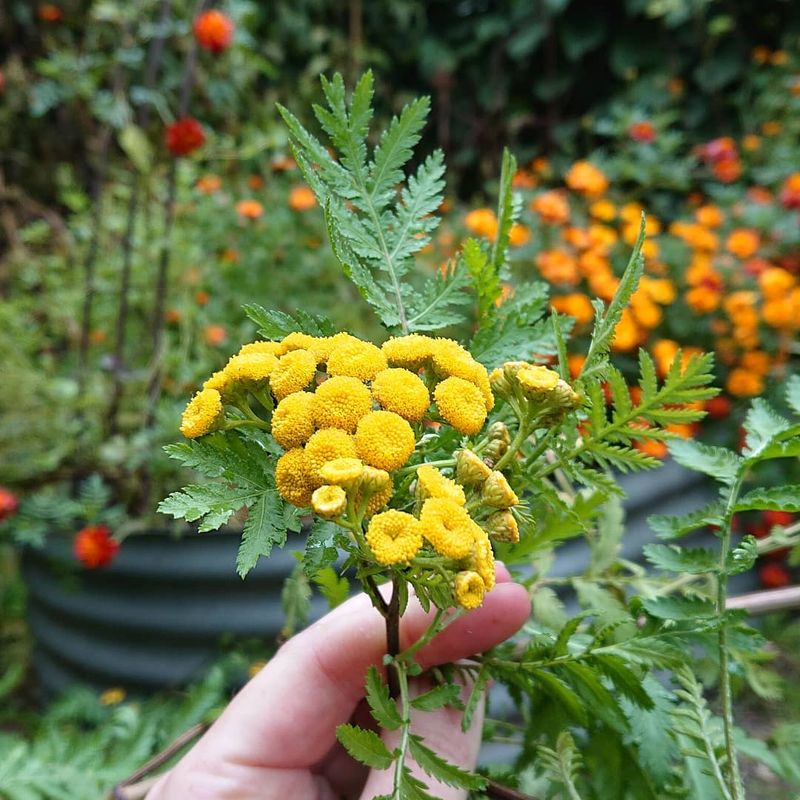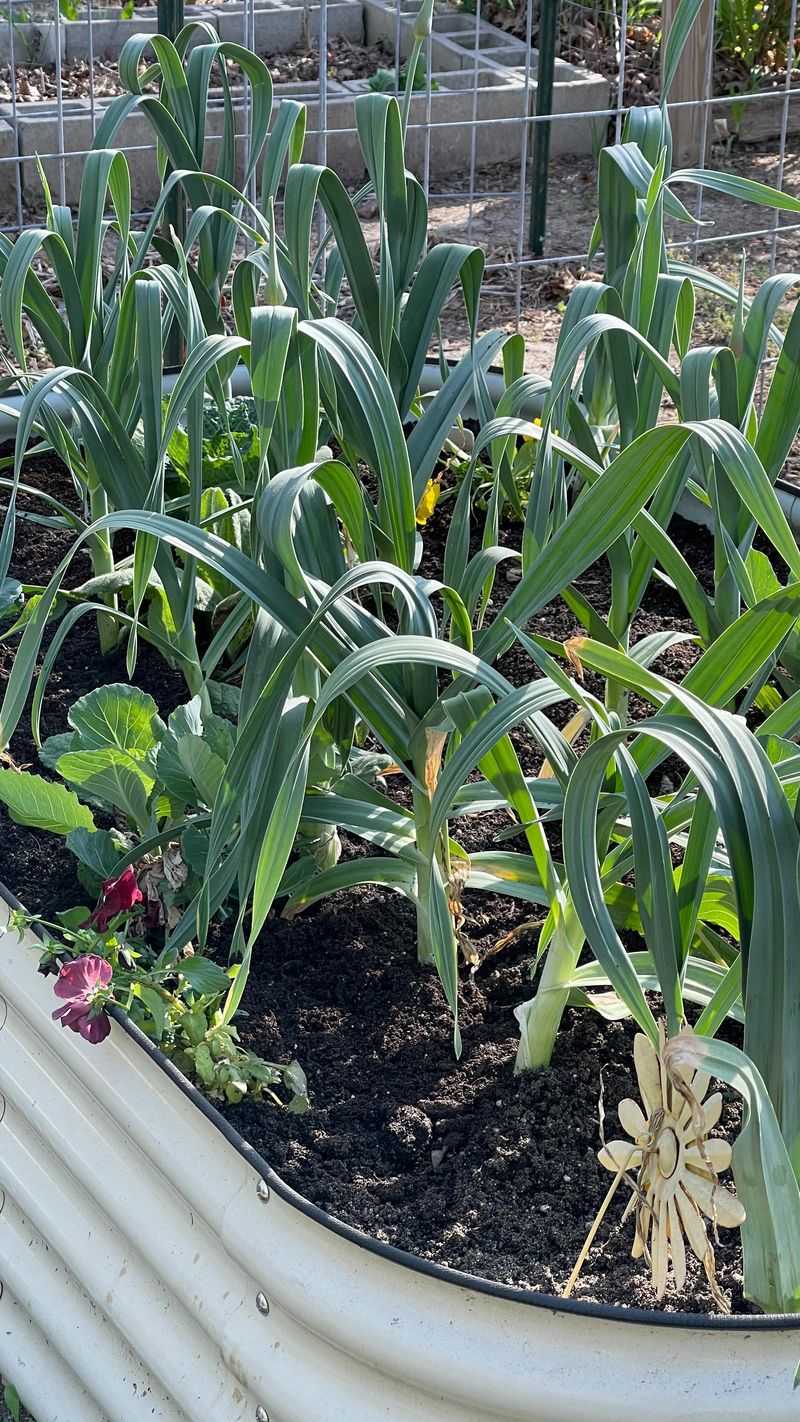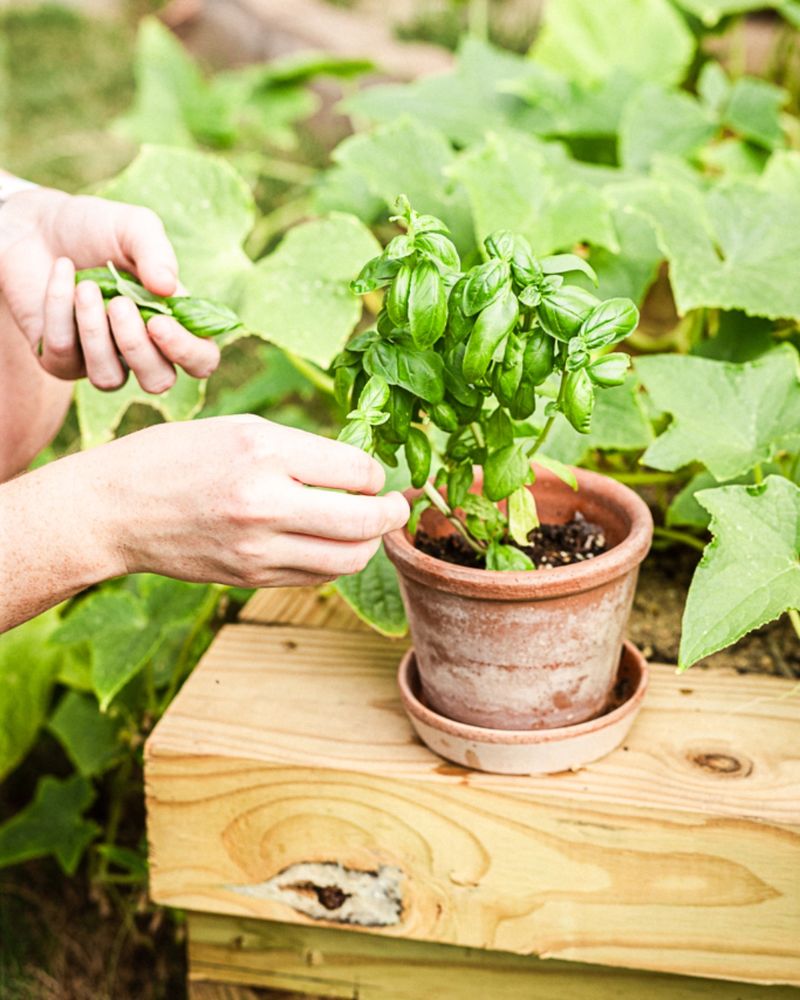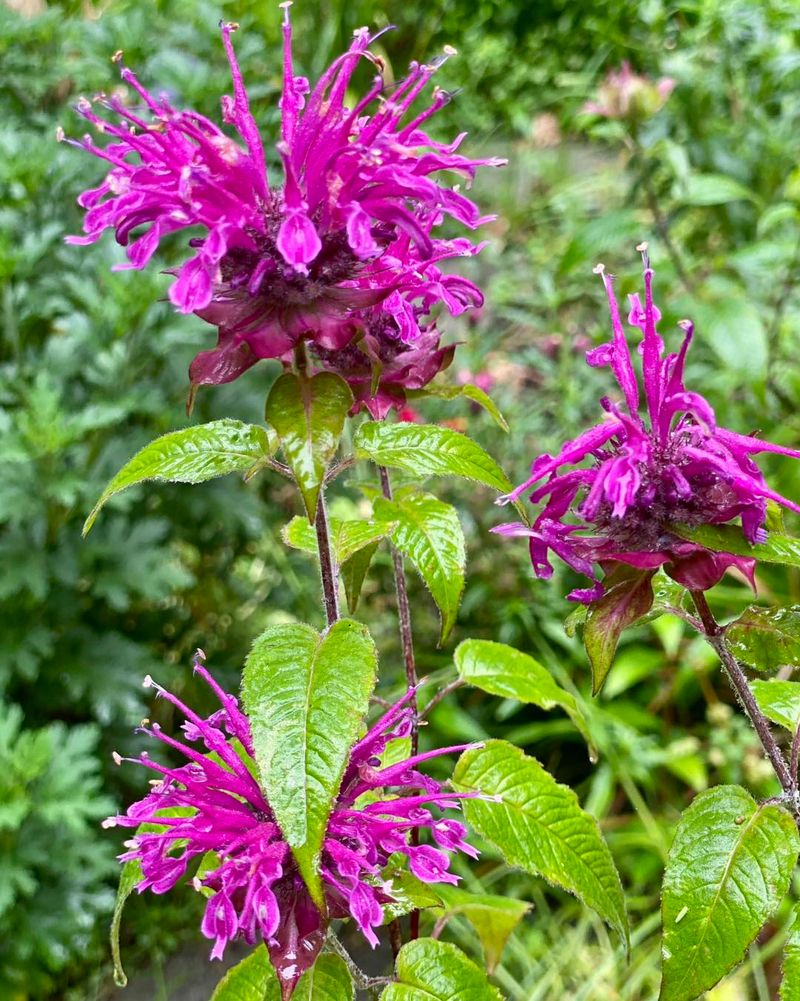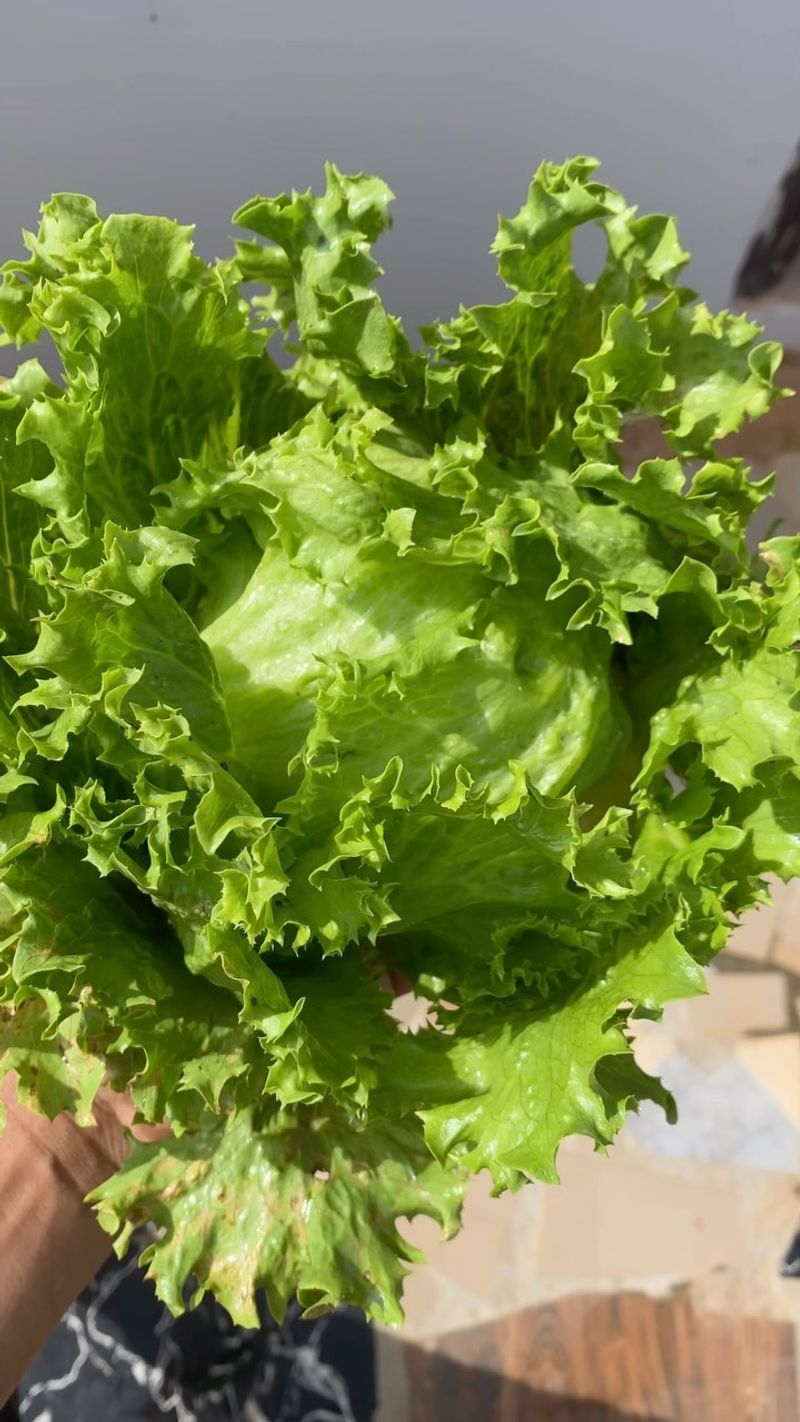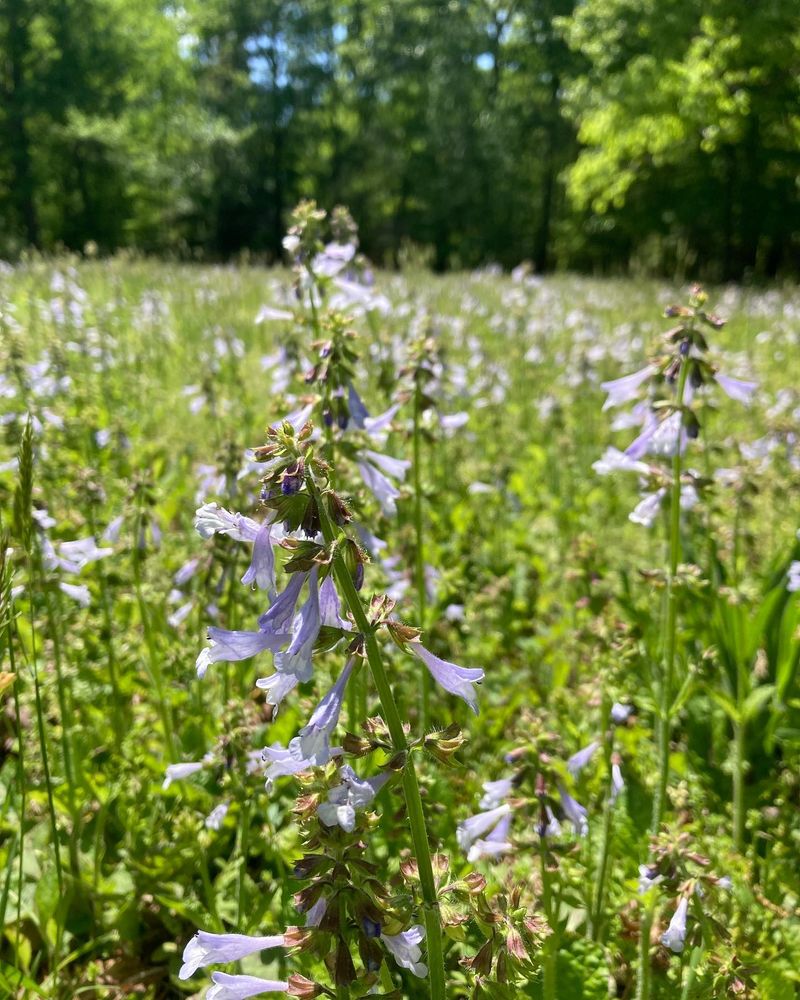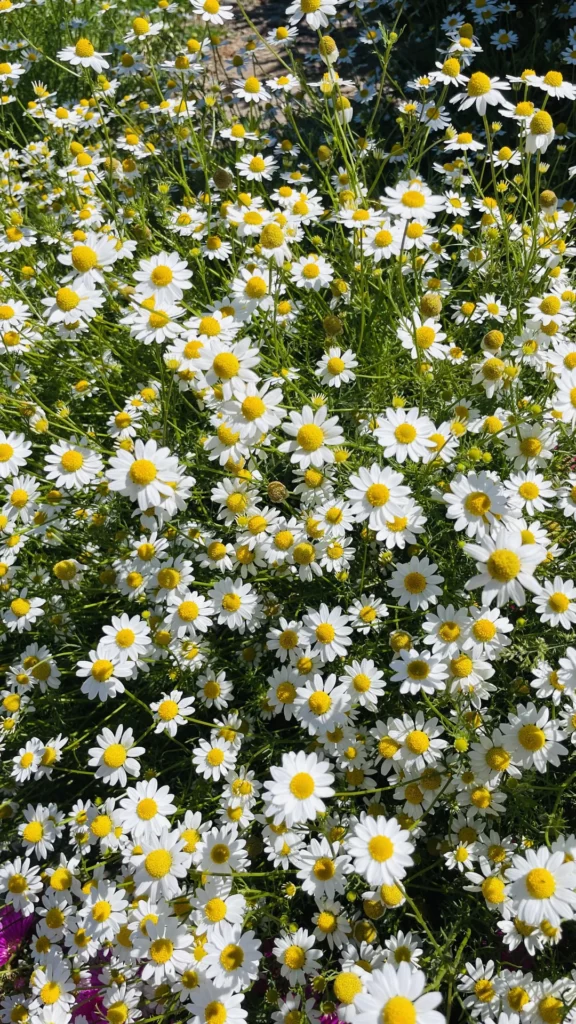Cucumbers might be garden favorites, but they can be a little needy when it comes to companionship. Plant the right neighbors, though, and they’ll thrive like never before—healthier vines, tastier fruit, and fewer pests.
Over the years, I’ve learned that a smart mix of herbs, flowers, and veggies can make all the difference. Think of it as building a support squad for your cukes!
Let’s look at the best garden buddies that protect, nurture, and boost cucumber growth in all the right ways.
1. Marigolds: The Colorful Cucumber Guardian
Garden heroes come in all shapes and sizes! Marigolds bring vibrant orange and yellow blooms while secretly working as your cucumber patch’s security system.
These flowers release a strong scent that drives away cucumber beetles, aphids, and other destructive pests that typically target your precious cucumber plants.
Many experienced gardeners plant marigolds as a protective border around their entire vegetable garden. The French marigold varieties work particularly well for pest control, while also adding cheerful color that lasts all season long.
2. Nasturtiums: Sacrificial Decoys With Benefits
Clever gardening sometimes means offering pests an alternative meal! Nasturtiums serve as sacrificial plants that attract aphids and other cucumber-loving insects away from your main crop.
With their vibrant red, orange, and yellow blooms scattered throughout your garden, these edible flowers create a beautiful distraction that keeps cucumber pests occupied.
Experienced gardeners appreciate nasturtiums for their dual-purpose nature. The entire plant is edible, adding a peppery kick to salads when harvested.
Plant nasturtiums about 12 inches from your cucumber vines, allowing enough space for both plants to thrive while maintaining their protective relationship.
3. Radishes: Underground Cucumber Allies
Fast-growing champions of the garden deserve more credit! Radishes mature quickly while deterring cucumber beetles through their pungent odor and natural chemical compounds.
When planted between cucumber hills, these root vegetables create a natural pest barrier while maximizing your garden space.
Experienced vegetable gardeners often use radishes as trap crops for flea beetles, drawing these pests away from cucumber seedlings during vulnerable early growth stages.
For best results, succession-plant radishes every two weeks throughout the growing season. The shallow root system of radishes won’t compete with deeper cucumber roots, making them perfect companions.
4. Dill: The Pollinator Magnet
Feathery foliage reaches skyward in the summer garden! Dill attracts beneficial insects like ladybugs, hoverflies, and parasitic wasps that prey on cucumber pests such as aphids and caterpillars.
The delicate yellow flower umbels become buzzing hubs of activity, bringing natural pest controllers directly to your cucumber patch.
Beyond pest management, many gardeners notice improved cucumber flavor when dill grows nearby. Plant dill at the corners of your cucumber bed rather than directly adjacent, as mature dill can inhibit cucumber vine growth.
Allowing some dill to self-seed ensures you’ll have continuous protection throughout the growing season and into next year.
5. Sunflowers: Tall Protectors and Trellises
Looking up at garden giants brings a smile to any gardener’s face! Sunflowers serve multiple protective purposes in the cucumber patch, acting as natural trellises while creating partial afternoon shade that prevents cucumber leaves from scorching in intense summer heat.
Savvy gardeners plant sunflowers on the north or west side of cucumber beds to maximize this shading benefit without blocking morning sun.
Sunflowers also attract beneficial pollinators that improve cucumber yields and distract certain pests. For best results, choose branching sunflower varieties that produce multiple blooms rather than single-stem types.
6. Borage: Blue-Flowered Cucumber Enhancer
Garden delights sometimes come in surprising packages! Borage produces striking star-shaped blue flowers that attract crucial pollinators while deterring tomato hornworms and cabbage worms that might otherwise damage nearby cucumber plants. The hairy leaves and stems also discourage many crawling insect pests.
Gardeners have long valued borage for its ability to accumulate trace minerals, naturally conditioning the soil around cucumbers.
The edible flowers taste like cucumber themselves and make beautiful garnishes. Plant borage about 12 inches from cucumber hills, as it can grow quite bushy but won’t aggressively compete with cucumber roots for nutrients.
7. Oregano: Aromatic Pest Deterrent
Aromatic herbs make some of the best garden companions! Oregano releases natural oils that repel cucumber beetles and other insect pests through its strong scent, creating an invisible protective barrier around cucumber plants.
The low-growing habit of oregano also helps suppress weeds that would otherwise compete with cucumbers for nutrients.
Many gardeners plant oregano along the edges of cucumber beds where it can spread slightly without impeding the cucumber vines.
When oregano flowers, it attracts numerous beneficial insects that prey on cucumber pests. As a perennial in many regions, oregano provides years of protection with minimal maintenance once established.
8. Catnip: Natural Cucumber Beetle Repellent
Feline favorites offer surprising garden benefits! Catnip contains natural compounds that strongly repel cucumber beetles, squash bugs, and aphids – three major cucumber plant enemies.
The pretty purple-blue flowers also attract beneficial predatory insects that help keep pest populations under control throughout the growing season.
Gardeners often plant catnip at the corners of cucumber beds rather than throughout, as it can become somewhat invasive if not managed.
For those with neighborhood cats, consider protecting young catnip plants with cages until established. Once mature, catnip’s deep roots help break up compacted soil, improving drainage around cucumber plants.
9. Tansy: The Powerful Pest Deterrent
Ancient wisdom sometimes offers the best garden solutions! Tansy contains natural compounds that strongly repel ants, cucumber beetles, squash bugs, and many flying pests that typically damage cucumber plants.
The bright yellow button-like flowers add ornamental value while working hard to protect your cucumber harvest.
Experienced gardeners typically plant tansy at the corners of cucumber beds rather than directly adjacent, as it can be somewhat aggressive.
Due to its potency, just a few tansy plants provide protection for an entire cucumber patch. In some regions, tansy can spread vigorously, so planting in containers sunk into the ground helps control its growth.
10. Corn: Tall Wind Protection and Shade
Structural support in the garden often comes from unexpected places! Corn creates natural windbreaks that protect delicate cucumber vines from damage during summer storms.
The tall stalks also provide dappled afternoon shade that prevents cucumber leaves from scorching in intense heat, especially important in warmer growing regions.
Gardening experts recommend planting corn on the north or west side of cucumber beds to maximize these protective benefits.
The classic Native American “Three Sisters” planting method pairs corn with cucumbers (or other vining crops) and beans for mutual benefit. Corn’s deep roots access different soil nutrients than cucumber’s shallower root system, minimizing competition.
11. Garlic: Underground Defender
Pungent protectors work silently beneath the soil! Garlic releases sulfur compounds that naturally repel aphids, spider mites, and fungal pathogens that commonly affect cucumber plants.
When planted throughout cucumber beds, garlic creates an invisible protective network that strengthens the entire growing area.
Fall-planted garlic works especially well with spring-planted cucumbers, as the garlic will be well-established when cucumber seedlings need the most protection.
Many gardeners interplant garlic cloves between cucumber hills or along row edges. The strong scent confuses pests that would normally locate cucumber plants by smell, effectively masking your cucumber crop.
12. Basil: Flavor-Enhancing Protector
Kitchen favorites often make the best garden buddies! Basil improves both the growth and flavor of nearby cucumber plants while repelling flies, mosquitoes, and cucumber beetles with its aromatic oils.
The bright green leaves create attractive contrast next to cucumber vines while working hard to protect your harvest.
Culinary gardeners appreciate having fresh basil and cucumbers ready for harvest at the same time for summer salads and drinks.
Plant basil every 2-3 feet throughout cucumber beds, focusing on areas with good air circulation. Sweet basil varieties offer the best protection, though any type will provide benefits through their strong scent.
13. Bee Balm: Pollinator Paradise
Vibrant garden corners buzz with activity when properly planned! Bee balm attracts crucial pollinators like bees, butterflies, and beneficial wasps that significantly increase cucumber yields through improved pollination.
Gardeners often plant bee balm at the corners of cucumber beds where it won’t compete directly but still provides pollination benefits.
Beyond attracting pollinators, bee balm has natural fungicidal properties that help prevent powdery mildew – a common cucumber disease. For maximum benefit, choose native bee balm varieties adapted to your specific growing region.
14. Lettuce: Ground-Covering Moisture Keeper
Gardening synergy sometimes happens at ground level! Lettuce creates living mulch around cucumber plants, shading the soil and preserving crucial moisture during hot summer days. The shallow roots of lettuce don’t compete with cucumbers, making them perfect partners in the vegetable garden.
Smart gardeners use this pairing to maximize space and extend the growing season. Plant heat-tolerant lettuce varieties between cucumber hills early in the season.
By the time summer heat causes lettuce to bolt, cucumber vines will be spreading to fill the space. The lettuce also helps suppress weeds during the critical early growth stage of cucumber plants.
15. Sage: Aromatic Beetle Repellent
Gray-green foliage stands sentinel in thoughtfully designed gardens! Sage releases aromatic compounds that strongly repel cucumber beetles and cabbage moths while attracting pollinators when in bloom.
The textural contrast between sage’s velvety leaves and cucumber’s broad foliage creates visual interest in vegetable gardens.
Gardening traditionalists have paired sage with cucumbers for generations with good reason. Plant sage every few feet along cucumber rows, focusing on garden edges where pests typically enter.
During hot weather, sage’s drought-tolerance means it won’t compete with cucumbers for water. Allow sage to flower for maximum pollinator benefits.
16. Calendula: The Sticky Trap Companion
Golden blooms with a secret weapon! Calendula, also known as pot marigold, produces sticky resin on its stems and leaves that trap aphids, whiteflies, and other soft-bodied pests before they reach your cucumbers.
Often used as a companion in organic gardens, calendula not only deters pests but also attracts beneficial insects like lacewings and ladybugs that feed on harmful bugs. The vibrant orange and yellow flowers offer a cheerful presence in the garden and bloom steadily throughout the season.
Plant calendula in clusters along the border of cucumber beds for maximum trapping efficiency. The shallow roots won’t compete with cucumbers, and the flowers make a lovely edible garnish or soothing salve ingredient.
17. Chamomile: The Gentle Growth Promoter
Delicate daisy-like flowers with powerful benefits! Chamomile may be soft-spoken in appearance, but it works wonders underground and in the air. This herbal favorite improves cucumber growth by enhancing soil health and releasing compounds that promote the overall vigor of nearby plants.
Chamomile is also known for attracting pollinators and beneficial insects like hoverflies, which prey on aphids and thrips that typically harm cucumber plants. Its calming scent is a bonus in any garden setting.
Gardeners often tuck chamomile between cucumber hills or along edges where it can thrive without overshadowing other plants. Regularly harvesting its flowers for tea encourages more blooms—and stronger cucumbers as a result.

